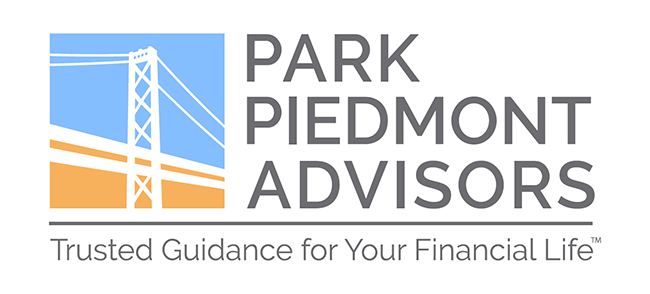If the words “tax code” immediately make your eyes glaze over … well, you wouldn’t be alone.
Jeff Sommer of The New York Times recently wrote that, unfortunately, “navigating the byzantine U.S. tax rules … may be enough of a headache. But you can count on fresh tax stress coming from Washington not far down the road.”

That’s because significant parts of the Federal 2017 Tax Cuts and Jobs Act (TCJA) are scheduled to expire at the end of 2025. If Congress doesn’t address the expiration, the tax rules will revert back to what they would’ve been if the TCJA had never been passed.
The reversion would “effectively generate trillions of dollars in extra liabilities for taxpayers and an equal amount of revenue for the federal government.”
On the other hand, if the current tax code is extended, it would be “staggeringly expensive… In no small part because of the 2017 tax cuts, the deficit reached $1.7 trillion in the 2023 fiscal year.”
But we’re talking about 2026 – why is the press discussing the TCJA now?
It’s a presidential election year, with potential major differences in tax policy depending on who wins the election.
Congress will need to reach some sort of deal in 2025 – and as Sommer points out, whoever is in office then “will try to avoid tax increases and probably also try to avoid increasing the budget deficit much.” That’s a difficult balance to strike, because, as mentioned above, further tax cuts (or maintaining the cuts from the original TCJA) typically do increase the deficit.
As Sommer writes, “In an ideal world, you wouldn’t run a tax system this way, but this is what we’re stuck with.”
Park Piedmont advisor and CPA George Gotthold agrees: “Tax policy was never meant to be a political tool. You should be able to have a long-term tax plan and not be concerned that your plan is irrelevant every four years.”
What do the potential tax code changes mean for you?
We’d like to highlight some changes currently scheduled to take place in 2026 that may be relevant to our clients:
- Standard Deductions: The standard tax deduction (when a taxpayer chooses to deduct a fixed amount versus itemized amount) increased significantly with the TCJA. A change back to the old law would decrease the standard deduction from $14,600 to $6,500 for a single person and from $29,200 to $13,000 for those married filing jointly.
- Gifting and Estate Taxes: Currently, estates and lifetime gifts valued up to $13.6 million are exempt from Federal Estate tax (some states also have Estate and/or Inheritance Taxes that differ from the federal rules). If the Tax Cuts and Jobs Act expires, those exemption amounts would decrease to “$5 million plus an inflation adjustment,” meaning smaller estates would again be subject to taxation. Estate tax rates have recently been in the 40% range, but could be higher or lower in the future.
- The SALT (“State and Local Tax”) Deduction: The TCJA capped deductions for real estate taxes and state and local taxes at $10,000, which has had the greatest impact on taxpayers living in high-tax states, such as New York, California, New Jersey, and Illinois. However, for some taxpayers in high income brackets, these deductions weren’t relevant anyway due to the Alternative Minimum Tax, which disallowed them. If the SALT caps are eliminated, some taxpayers could be eligible for additional deductions.
- Child Tax Credit: The maximum tax credit would be reduced from $2,000 to $1,000 per qualifying child.
- Marginal Tax Rate: The highest tax rate (i.e., the tax rate for the highest income tax bracket) would increase from 37% to 39.6%.
Are there any steps you should take now?
Though a change isn’t imminent – or even guaranteed – talk about a potential change in the tax code is a good reminder that planning ahead is never a bad idea.
For example, now is a great time to revisit your estate plan if you have one, or establish a plan if you don’t. Meeting with your estate planning attorney can help determine whether any of the potential changes will impact you, and if so, what you might want to do in response.
Park Piedmont advisors can’t provide legal advice, but we can help spot issues in advance of you working with your attorney. We’re always happy to assist with your financial life planning needs.









 The Wall Street Journal
The Wall Street Journal 

